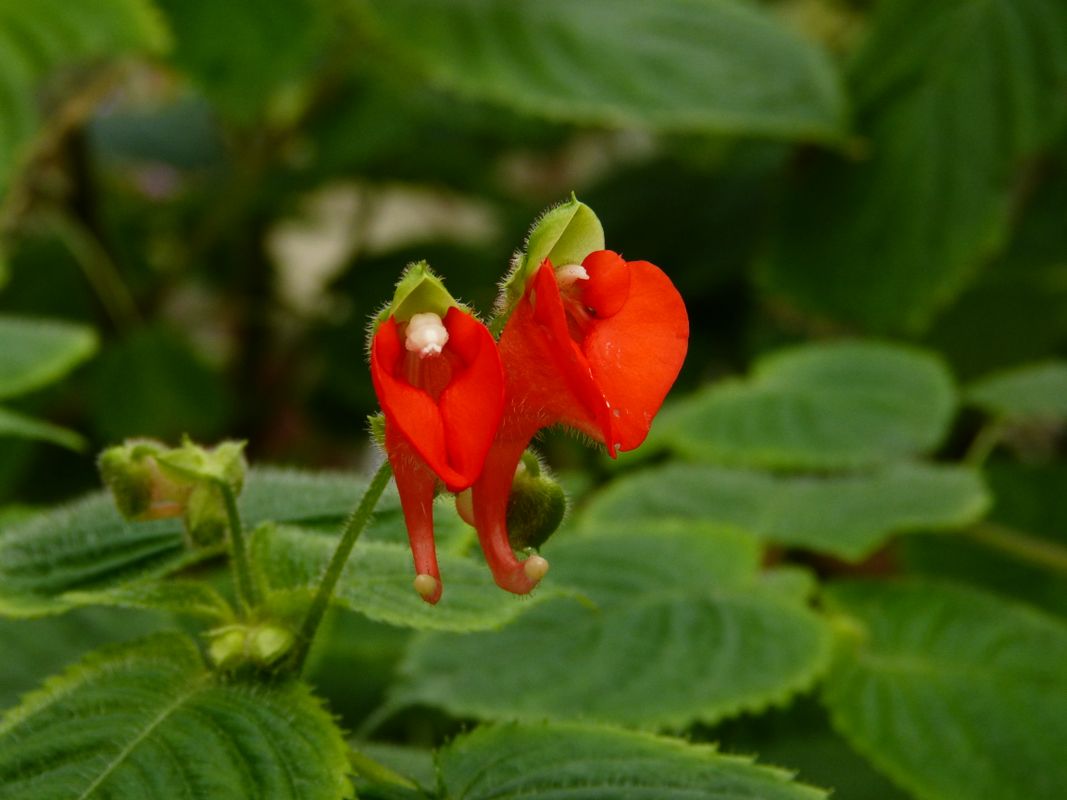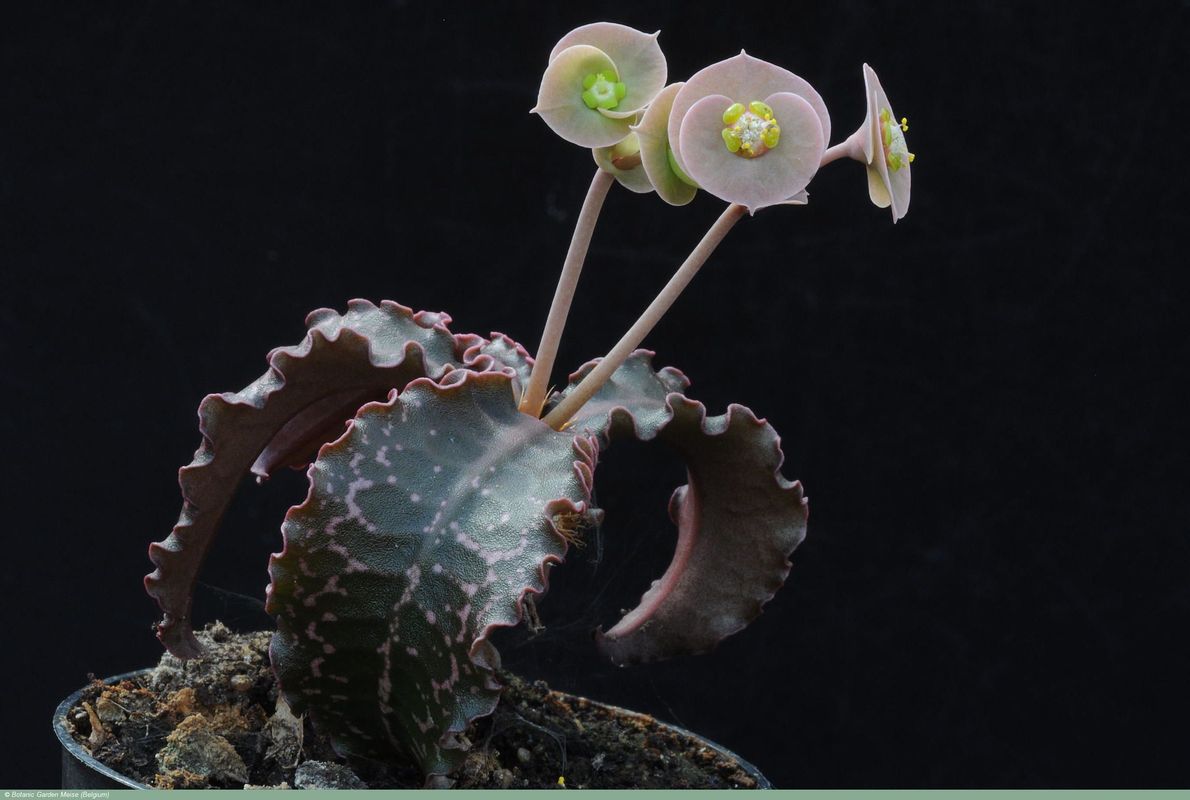Botanical garden as refuges
Endangered species
Meise Botanic Garden does not stand alone. A network of organisations worldwide is actively working on the protection of plant species.
The International Union for Conservation of Nature (IUCN), together with scientists, draws up a global red list of endangered species. The Botanic Garden also participates in this effort by housing as many endangered species as possible. At present, Meise Botanic Garden houses more than 300 different endangered species in its plant collections. In the Plant Palace, the IUCN status of endangered species is shown on a red label next to the plants.
Under the leadership of Botanic Gardens Conservation International (BGCI), botanic gardens worldwide set targets for the conservation of plant diversity. Together, we want to preserve at least 75% of the endangered plant species in the world through collections. Meise Botanic Garden contributes to this goal with a number of collections of succulents. For spurge (Euphorbia), we reached the milestone of having 50% of endangered species in our collection in 2015.
Due in part to their popularity with collectors, many plants such as orchids and cacti are threatened with extinction in the wild. To regulate the international trade in endangered plant and animal species, the 'Convention on International Trade in Endangered Species of Wild Fauna and Flora' (CITES) was concluded in 1975. As the competent authority for the plant section of CITES in Belgium, every year Meise Botanic Garden receives dozens of packages of illegally traded and shipped plants that have been confiscated by the customs services. The Botanic Garden is responsible for identification and reporting to the competent authorities and takes the plants into custody.







